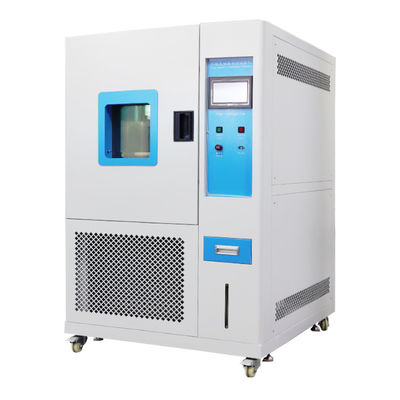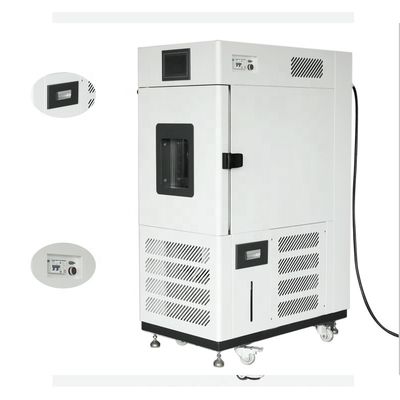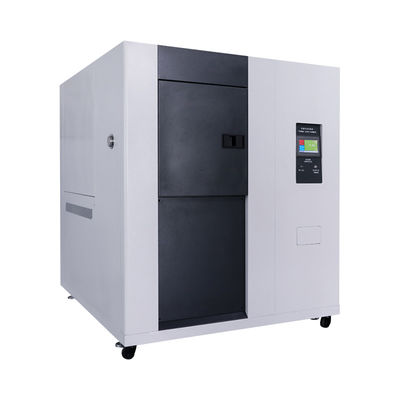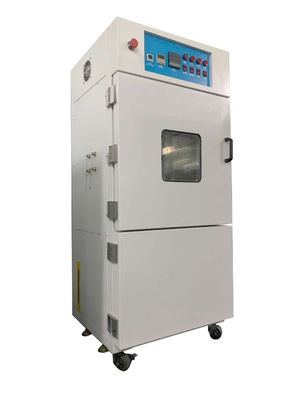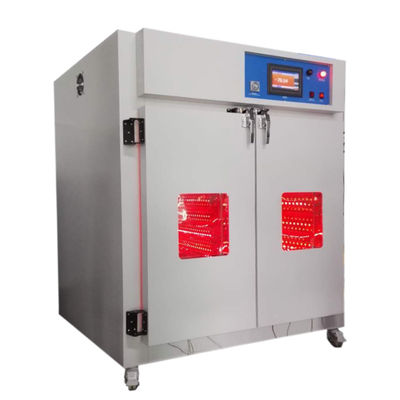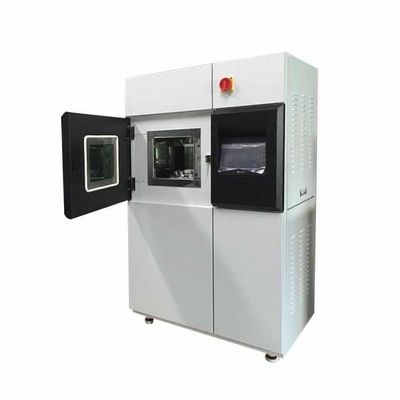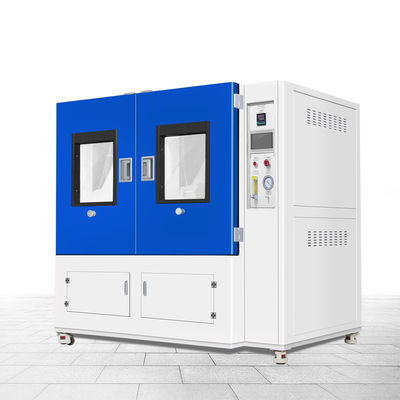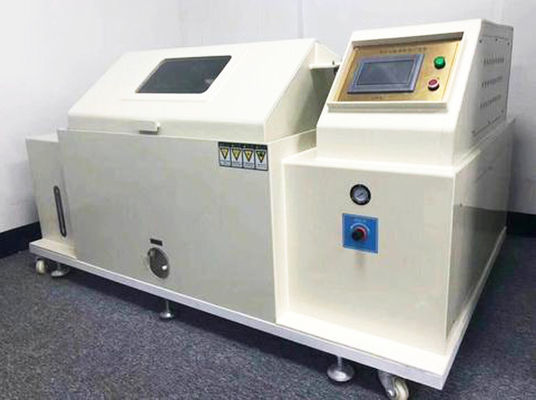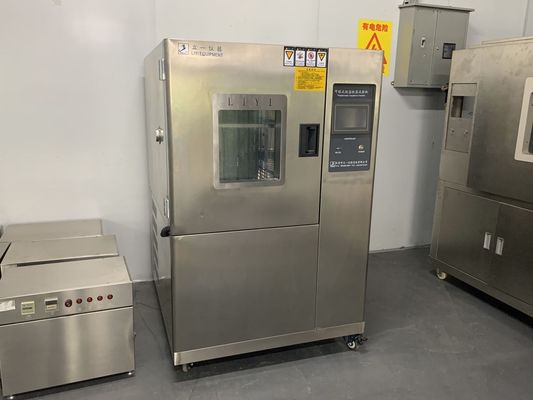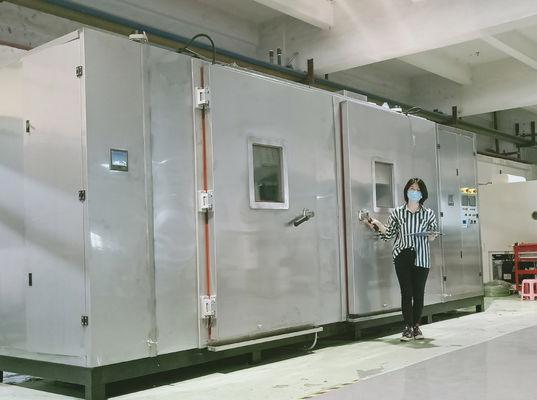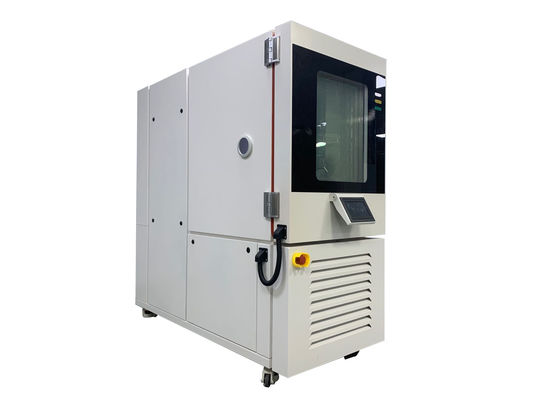Hello everyone, this article will briefly discuss UVLED curing technology (hereinafter referred to as LED). Welcome to discuss together.
At present, the commonly used curing methods can be divided into two categories, one is thermal curing and the other is light curing. Thermal curing, as the name suggests, is based on temperature, and curing is achieved by heating up. Photocuring is accomplished by irradiating a photoinitiator with UV light.
At present, light curing is widely used in the electronics industry, intelligent manufacturing and automated manufacturing, printing, medical treatment, coating, etc., and life-related industries such as mobile phones, televisions, computers, and furniture.
The light curing itself can be subdivided into two categories: one is the curing process of the mercury lamp, and the other is the light curing of the LED.
Generally speaking, mercury lamps include the following: low-pressure mercury lamps, medium-pressure mercury lamps, high-pressure mercury lamps, metal halide lamps, and electrodeless lamps (also divided into H and D types). LEDs are divided according to the wavelength band, such as: 265nm, 320nm, 340nm, 365nm, 385nm, 395nm, 405nm and so on.
The advantages of mercury lamps are:
Mature manufacturing process, wide band coverage, covering from 200-450nm, or 200-7--nm, good glue adaptability
The disadvantages of mercury lamps are:
1.The photoelectric efficiency is low, generally 10%-15%. Requires more power consumption.
2.The volume is relatively large, and the installation needs to take up a large space, especially for products that need to enter and exit the air duct.
3.The life of the lamp is short, the ordinary life is 1000-3000 hours, and the life of the electrodeless lamp is 6000 hours. It needs to be replaced frequently, which affects the production rhythm and the cost of long-term use of consumables is high.
4.VOC gas will be generated during work, which is not conducive to the health of production line workers, and the emission does not meet environmental protection requirements.
The advantages of LEDs are:
1.The high photoelectric conversion efficiency is generally 30%-50%. Very energy efficient and in line with a "carbon neutral" policy.
2.The system is small in size and takes up little space for installation.
3..Longer life. Taking the commonly used 365nm as an example, the current life of L70 can basically reach 20,000 hours, and that of 395nm and 405nm can reach 40,000 hours. And there are no consumables during use, which does not affect the production rhythm.
4..No harmful gas is produced when working, which is relatively friendly to production line workers (still need to do protection).
5.The production efficiency is high, which can improve the speed of the production line.
The disadvantages of LEDs are:
The peak value of the wave band is narrow, and it has adaptability requirements for glue. The electronics industry is currently adaptable, but in a few industries such as coating, hardening, etc., the adaptability of glue is higher.
Sometimes it is necessary to make targeted adjustments to the glue to achieve the desired effect.
Back to the LED light source itself, there are currently two common LED drivers on the market, one is constant current source driving, and the other is constant voltage source driving. Life is guaranteed.
The LED light source is divided into two parts: the control system part and the lamp head illumination system.
Control System:
It is mainly responsible for the collection and processing of current, voltage and control signals and feedback signals. It is the core of the entire LED light source, and its quality directly determines the stability, uniformity, and service life of the LED light source when it is working.
Irradiation system:
Including lamp beads, lamp boards, heat dissipation (heat dissipation is divided into air cooling and water cooling) data and power supply interface. The lamp bead is the core working part, and all the accessories of the entire LED light source, including the control part, serve the lamp bead. The quality of the lamp beads will also directly affect the stability, uniformity, and lifespan.
Heat dissipation:
LEDs are currently divided into several cooling methods such as air cooling, water cooling, passive cooling, and air cooling. Passive cooling can be used when the irradiated area is small and the optical power is very low. The two most common types are air-cooled and water-cooled.
Air cooling cooling:
It is suitable for use when the optical power is not high, the lamp head and the outside air flow are exchanged well, and the ambient temperature can be stably maintained at 25°.
Water cooling cooling:
It has a very wide range of applications and has no restrictions on optical power, especially in confined spaces such as coating ovens, with good heat dissipation. The disadvantage is that it needs to be used with a water cooler.
LED also has some specific solutions for different industries. For example, in the printing industry, the COB lamp bead solution is generally used. Due to its high requirements for optical power, but relatively loose requirements for precision, uniformity, and life, the COB solution can be used to stack the optical power to a relatively high level, such as 20-30W. /cm2, etc. At present, COB solutions often use imported chips in domestic packaging (the original imported COB lamp beads cost more), or direct chips and then package, and then work by adjusting the voltage through PLC. The advantage of this scheme is that the cost can be controlled at a lower level and has a price advantage. The disadvantage is that the stability is slightly poor, the performance of the lamp bead is very limited, and the life is shortened.
In the automation industry, because the machine is running 24 hours a day and the output value of the product is relatively high, the stability, precision and programmability of the LED light source are generally required.
In the coating industry, due to the large width of general products, 1200-1700mm is more common, and no shutdown is allowed during the coating production process, so the horizontal uniformity, stability, control precision, and life of the product are required to be higher. . The customer's trial and error costs are high, and once the light source fails, the loss of production products is likely to exceed the value of the equipment itself.
The control precision of ED has now been achieved by a few manufacturers with one-thousandth precision. For example, when the maximum optical power is 1000mw/cm2, a minimum light intensity of 1mw/cm2 can be achieved and linear adjustment and output can be performed in units of 1mw. At present, for the vast majority of applications, the 1% accuracy can actually meet the requirements, and only a few applications with special requirements will use the 1/1000th accuracy.
In addition, in addition to using a constant current source to drive the LED, it is better to have a separate power management system, and try to use a small module control when the area of the light source is large, so that the consistency will be better, and the overall lateral uniformity will be better.
The common causes of bad LEDs on the market are:
1. Poor materials, such as poor selection of lamp beads, poor stability of the power supply, etc.
2. Design problems, such as using a constant voltage source to drive, excessively squeeze the performance of the lamp beads, and damage the lamp beads due to unstable voltage and current.
3. Heat dissipation problem, unreasonable heat dissipation design or high ambient temperature, resulting in damage to the lamp bead chip.

 Your message must be between 20-3,000 characters!
Your message must be between 20-3,000 characters! Please check your E-mail!
Please check your E-mail!  Your message must be between 20-3,000 characters!
Your message must be between 20-3,000 characters! Please check your E-mail!
Please check your E-mail! 
